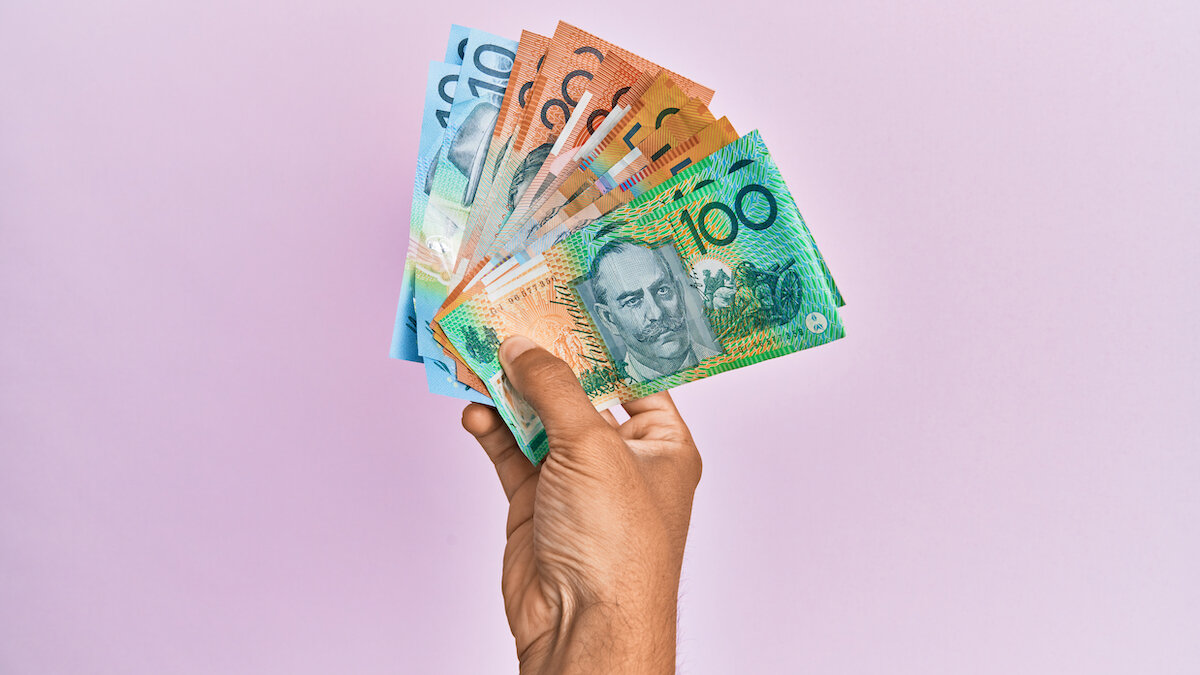This fell short of the expected 0.3%
ABS Director of Quarterly Economy Wide Surveys, Ben Faulkner said:
“There were mixed results across the industries with rises in Food retailing (0.3 per cent), Other retailing (0.7 per cent) and Cafes, restaurant and takeaway services (0.3 per cent), which were offset by falls in Department stores (-2.1 per cent), and Clothing, footwear and personal accessories retailing (-0.3 per cent).”
“Household goods retailing (0.0 per cent) was relatively unchanged.”
The fact that things like non-food spend are down following a 1.1% decline in December shows people are starting to really cut down on non-essentials, which is indicative of a lack of consumer confidence.
The recent downturn in many of Australia’s housing markets is seen as having a key influence on this lack of confidence.
This is supported by the fact that yesterday’s household savings ratio data showed a slight increase to 2.5% – when households are saving more they’re generally spending less on the non-essentials.
“Discretionary items tend to be particularly sensitive to changes in economic conditions,” APAC Economist Callum Pickering told Business Insider.
“That households are delaying purchases on televisions and fridges, not to mention the large decline in motor vehicle purchases, speaks volumes about conditions across the household sector.”
NAB Economist Kaixin Owyong said the latest data
“For the RBA, today’s data adds to an already weak picture for households, raising the risk the bank will have to act on rates to support consumers,” Owyong said.
E-commerce (online retail spending) contributed 5.6 per cent to total retail turnover in original terms in January 2019, which is unchanged from December 2018.
Retail turnover by state
In seasonally adjusted terms, New South Wales saw the biggest increase in retail turnover, moving up 0.7% month on month.
Victoria (0.1%), Tasmania (0.4%) and South Australia also increased their retail turnover figures from December.
At the other end, it was the Northern Territory which suffered the biggest loss, with retail turnover up north falling 1.2% – the biggest change.
Queensland (0.5%), Western Australia (0.3%) and the Australian Capital Territory (0.4%) were the other states to experience falls in retail sales.
For feedback or queries, email will.jolly@savings.com.au
Photo by Gerry Roarty on Unsplash


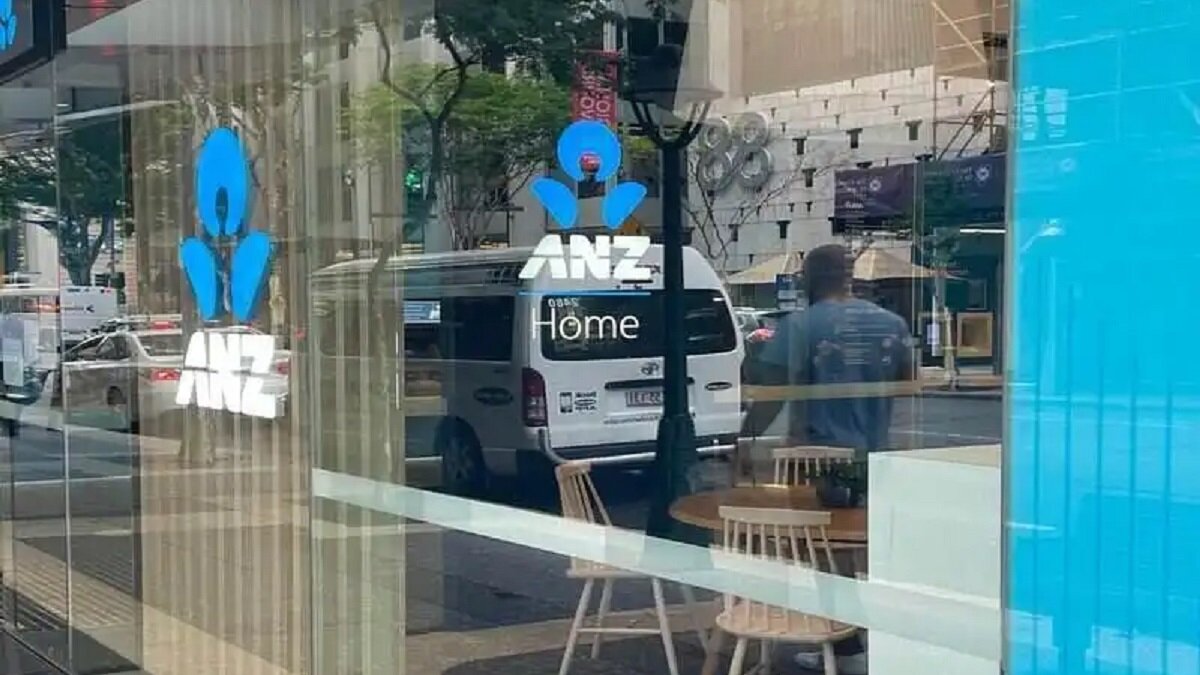
 Brooke Cooper
Brooke Cooper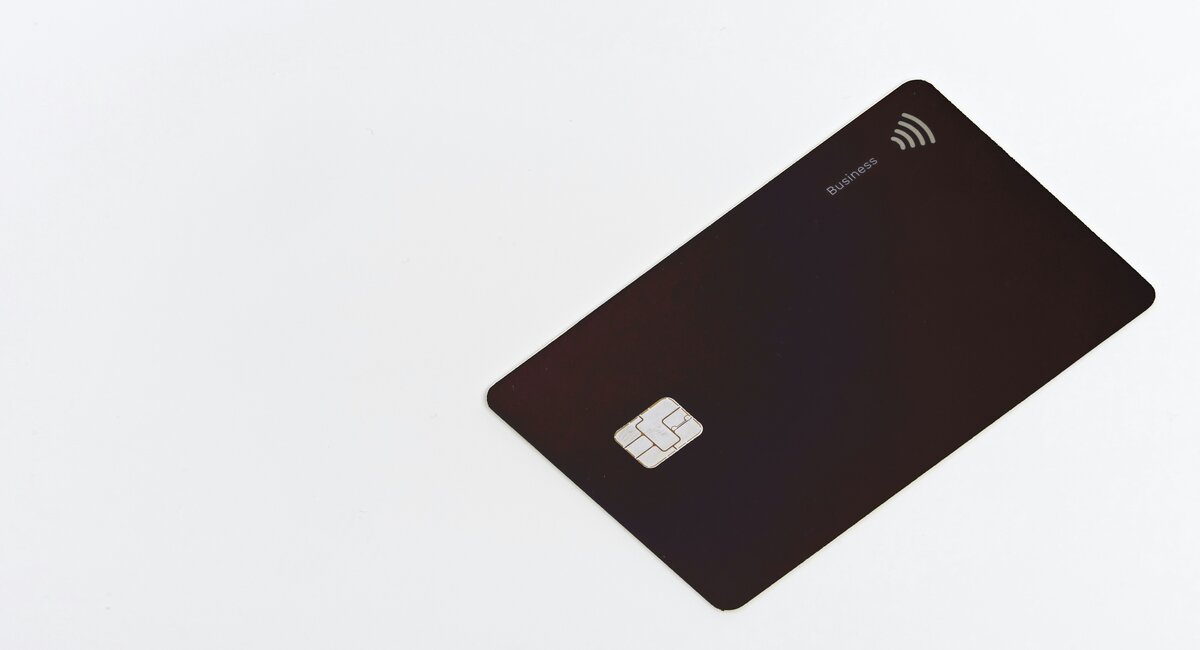
 Harry O'Sullivan
Harry O'Sullivan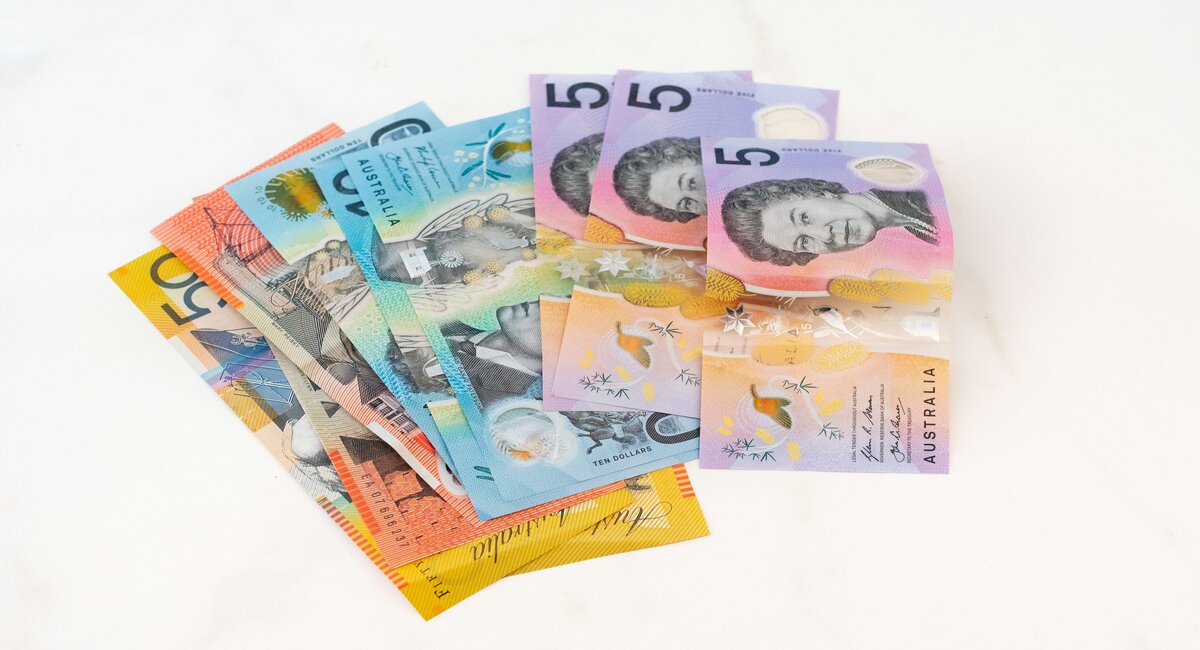
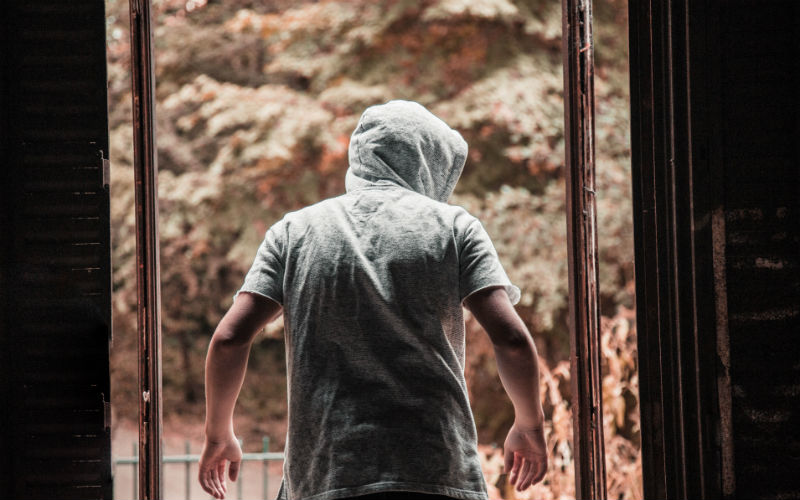
 William Jolly
William Jolly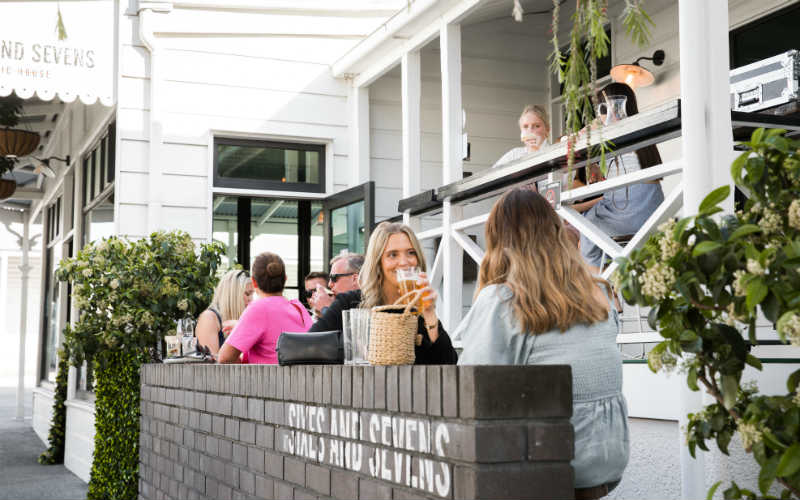
 Emma Duffy
Emma Duffy

